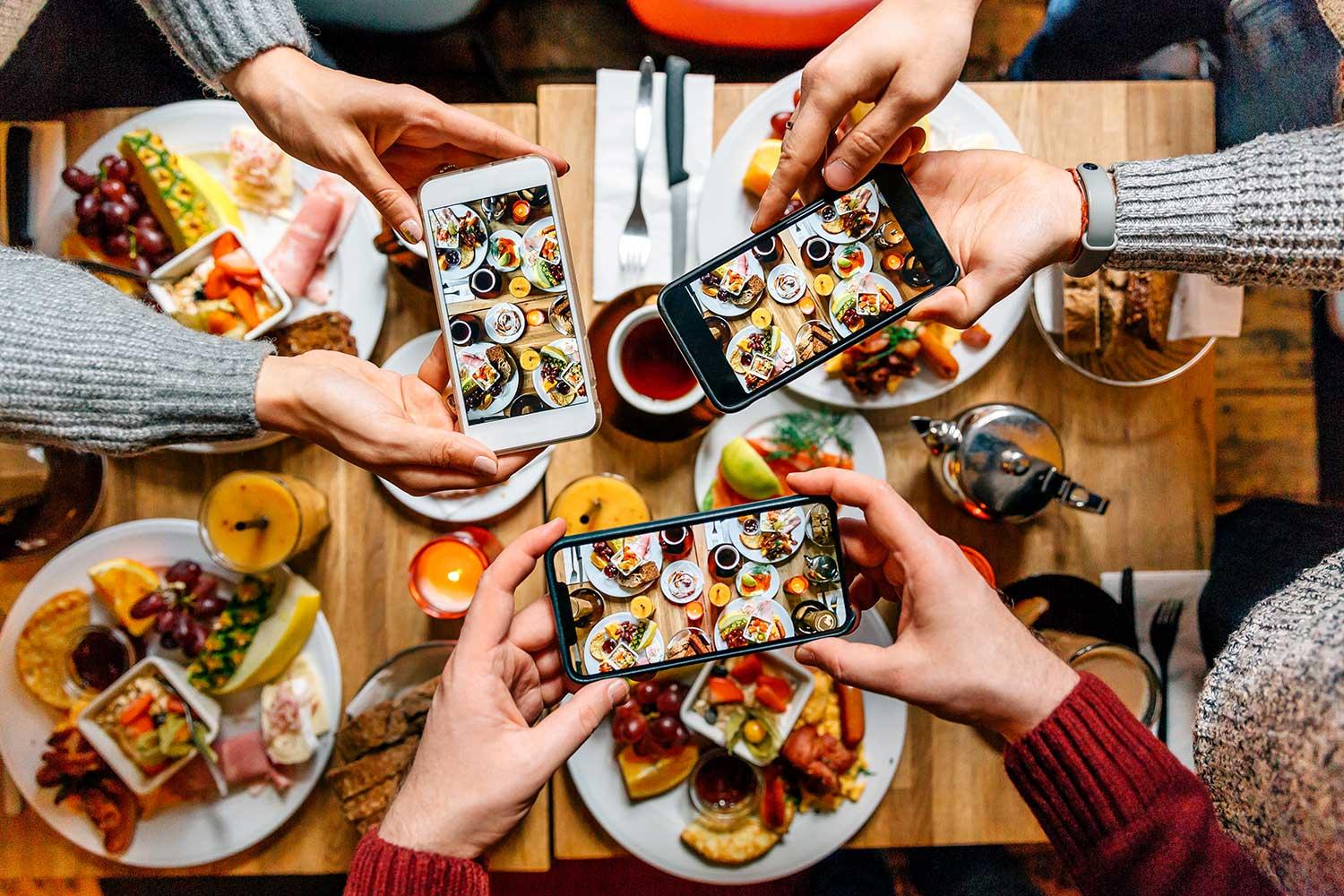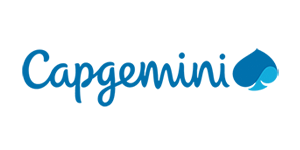- Customer Success Stories
- Playing games with food waste

Playing games with food waste

Gaming experience helps consumers become more aware of food waste

Food sustainability
Capgemini achieved this using • SAS® Viya® • SAS® Visual Analytics • SAS® ESP Studio • Amazon Web Services • Python
Improve the attitude towards food sustainability
Although considered one of the world’s most sustainable societies, the average Swede consumes as though they had the resources of four planet earths at their disposal, according to a study by the World Wildlife Foundation. Currently 25% of Sweden's climate impact comes from food.
For the 2020 SAS® Hackathon, a team from Capgemini partnered with the consumer goods company Unilever, and Flarie – a technology platform that combines brand gamification and advertising experiences. Flarie has almost one million Swedish users, primarily among younger mobile-first audiences. Together, the project partners decided on a project that would inform consumers and improve the attitude towards food sustainability. But which topic within food sustainability would be most impactful?
In order to fill the knowledge gap, the team conducted a survey among Flarie’s users. It consisted of 25 questions about nutrition, climate and food waste, covering both facts and attitudes.
“We needed to find a way to fight food waste and provide information in an easy to understand way. Flarie made it possible for us to quickly reach thousands of users and gain insight on what users already knew about food sustainability and mainly what knowledge they didn’t have,” says Johan Wikström, who led the team from Capgemini.
Measuring waste per consumer and company-wide
The information from the survey was exported from Flarie into SAS® Viya®, organizing the data to find clear patterns in the users' responses. It was obvious that users understood the effects on the environment overall, but there was a gap when it came to understanding the impact of their own choices.
“We track the food waste created within our supply chain and constantly striving to improve our processes so we can limit our impact. However, we know that the largest food waste contribution comes from the consumers, so it is crucial for us to educate and inspire the consumers to decrease their food waste if we want to have a true impact. With this project, we will be able to reach more consumers and gain an understanding of where we can improve our communication around food waste,” says Ida Wahlfeldt from Unilever brand Hellmann’s.
Using Flarie’s platform and with the Unilever brand Hellman's Mayo as the focal point, the team created games that would make learning fun. In the app, the user could play two arcade-like games or a quiz. The games focused around waste and how to keep foods fresh. It had facts sprinkled in between game interaction. After a week of gaming, users were surveyed again, and there was a 23-percentage point increase in correct answers.
Through the project, Unilever was able to reach an audience with a lot of options for digital interactions and engage them in a meaningful way. Unilever gained brand awareness and relevant information about young consumers’ attitudes and behaviors related to food waste, a key area of focus for the global company. Young consumers gained new knowledge and heightened awareness of how they could limit food waste.
With this project, we will be able to reach more consumers and gain an understanding of where we can improve our communication around food wasteIda Wahlfeldt Nordic Foods Lead Unilever brand Hellmann’s
25 – 25%
of Sweden's climate impact comes from food
25
questions about nutrition, climate and food waste
2020
Participant in the 2020 SAS® Hackathon
The results illustrated in this article are specific to the particular situations, business models, data input, and computing environments described herein. Each SAS customer’s experience is unique based on business and technical variables and all statements must be considered non-typical. Actual savings, results, and performance characteristics will vary depending on individual customer configurations and conditions. SAS does not guarantee or represent that every customer will achieve similar results. The only warranties for SAS products and services are those that are set forth in the express warranty statements in the written agreement for such products and services. Nothing herein should be construed as constituting an additional warranty. Customers have shared their successes with SAS as part of an agreed-upon contractual exchange or project success summarization following a successful implementation of SAS software. Brand and product names are trademarks of their respective companies.

